Column | Lake Monroe: A neighborhood where Bloomington gets its drinking water
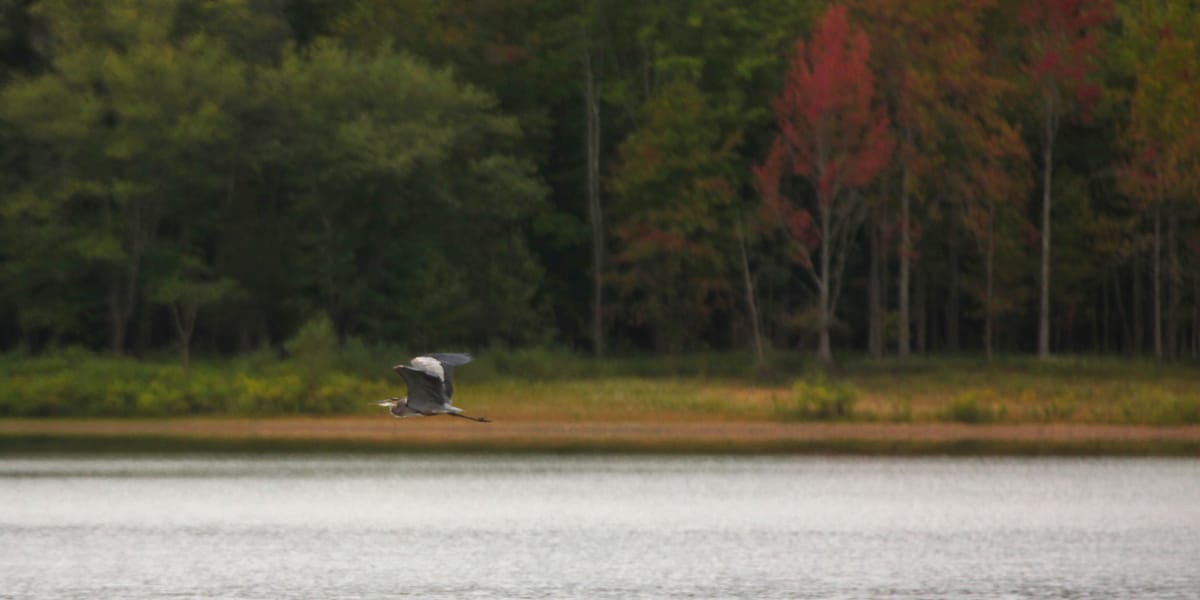
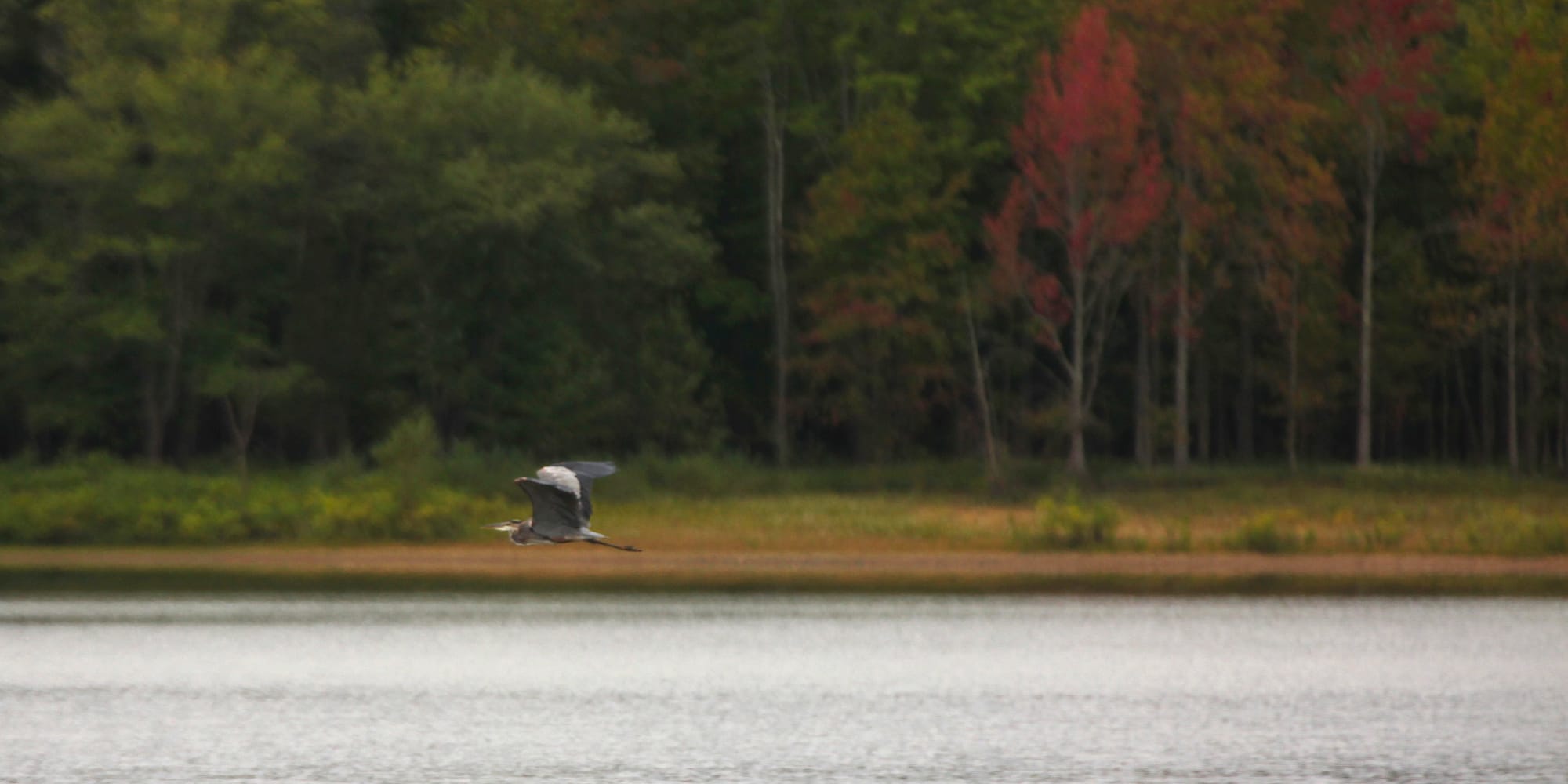
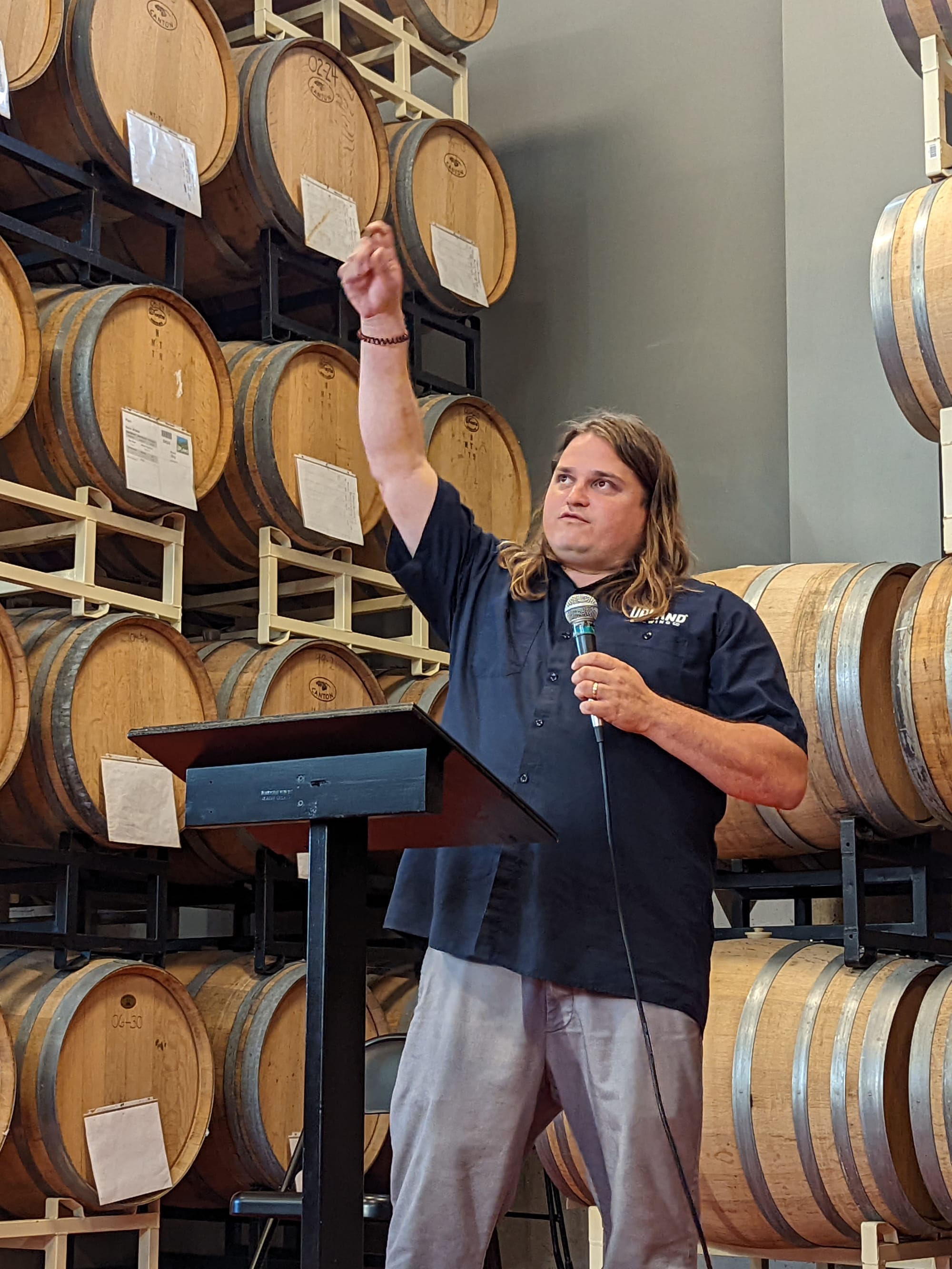
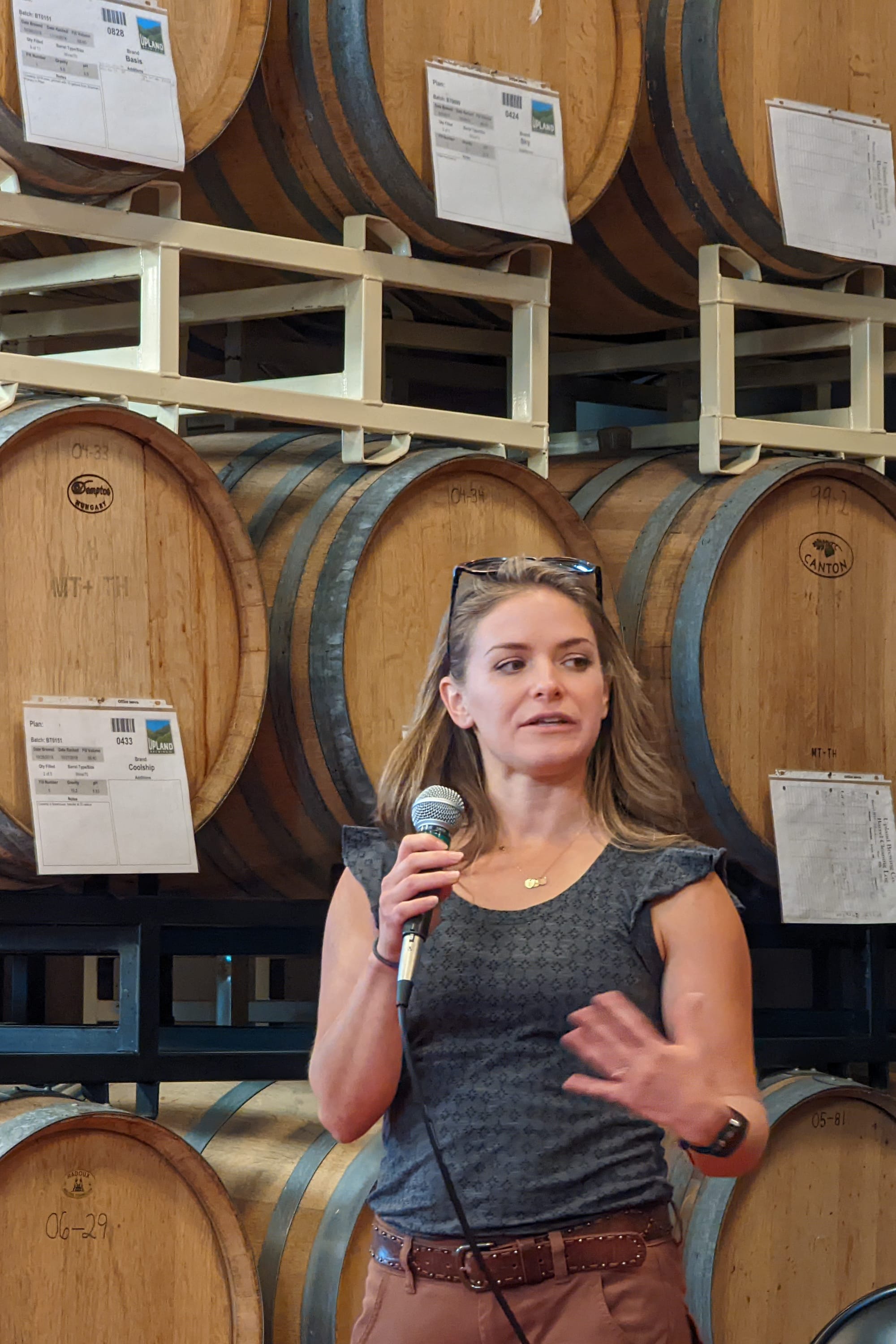
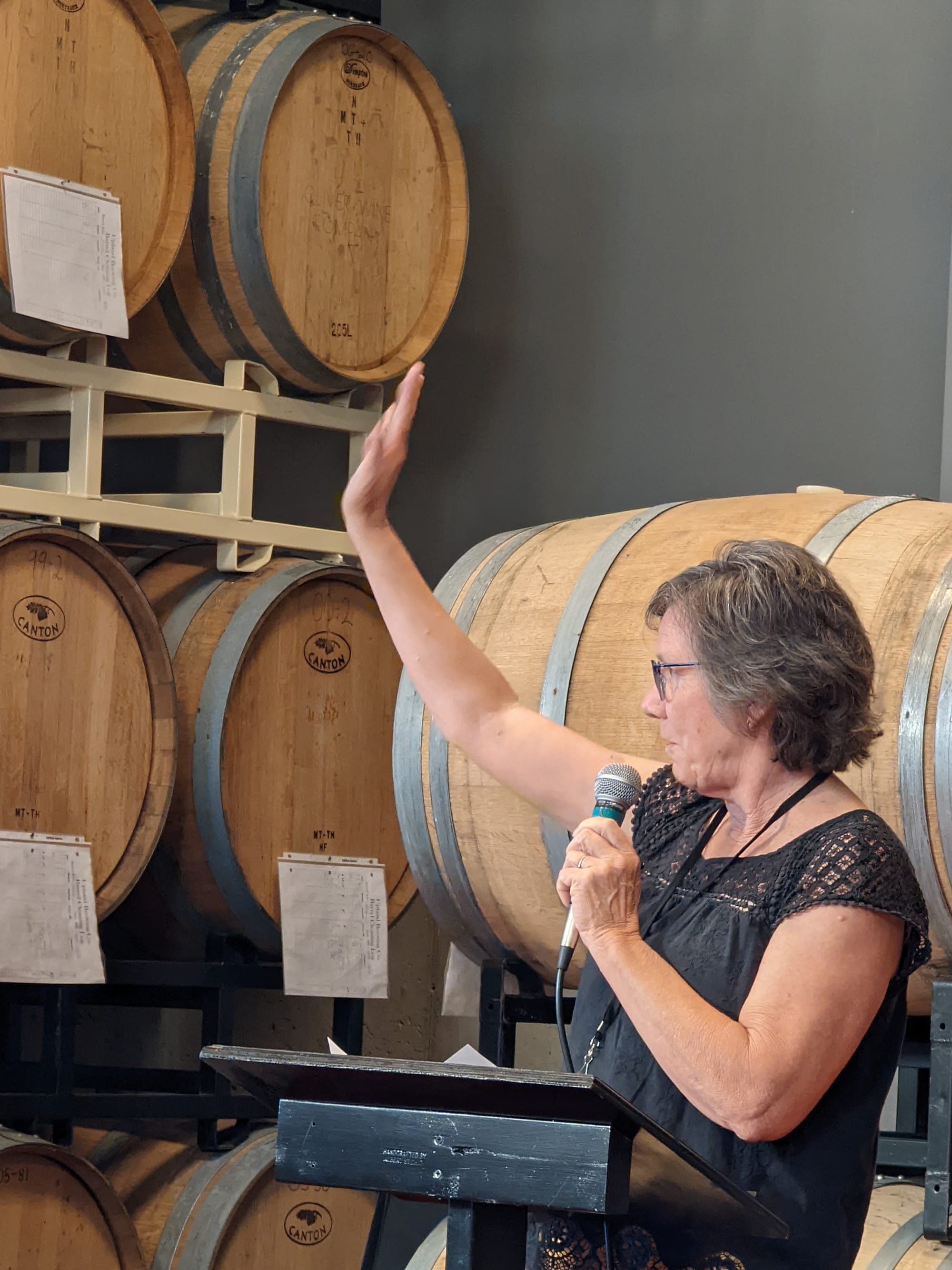
From his yellow kayak floating along the shore of Lake Monroe, local birder David Rupp alerted me and five other paddlers: A great blue heron was sitting high in a tree on a dead branch.
Great blue herons are big, blue-gray, long-beaked wading birds—they’re commonly seen standing in the water. I don’t think to look in a tree.
As a professional guide, Rupp has a better eye for birds than most people. Even using binoculars, aided by Rupp’s precise description as he pointed at the tree, the great blue was hard to pick out.
But Rupp had spotted the bird just minutes after our small flotilla launched from the Pine Grove boat ramp.
Without being asked, Rupp gave us an insider tip: As soon as he’s out on the water, he always checks that dead tree branch to see what might be perched there. Sometimes it’s a great blue heron. Sometimes it’s a bald eagle.
Rupp knows where to look. Because he knows the neighborhood.
It was my first time out on Lake Monroe in a kayak. On Friday evening, as we paddled though the North Fork Waterfowl Resting Area, it felt like we had crashed a neighborhood association meeting for birds.
Here’s the list of attendees that Rupp compiled, which surely amounted to a quorum: Canada goose (50), wood duck (15), blue-winged teal (2), chimney swift (20), killdeer (25), least sandpiper (3), pectoral sandpiper (5), lesser yellowlegs (15), great blue heron (10), great egret (70), merlin (1), Tennessee warbler (1), black-throated green warbler (2), great horned owl (2 heard), hairy woodpecker (1 heard), pileated woodpecker (1 heard), carolina wren (1 heard), gray catbird (1 heard), northern cardinal (2 heard).
That’s 19 species. The 70 great egrets were counted all in one go—after they’d roosted together in a couple of trees. They made easy-to-tally white dots against the green leaves, which looked nearly black in the overcast skies right at sundown.
In addition to providing habitat for birds, Lake Monroe provides recreation for boaters and anglers across the region, as well as flood control.
Of course, Lake Monroe’s most vital role is Bloomington’s source of drinking water.
Over the last two late summers, the seasonal bad tasting water, which is associated with increased blue green algae levels, has returned. Powdered activated carbon is added to the mix at the drinking water treatment plant, which helps with the taste and odor issue.
But the Friends of Lake Monroe (FOLM) is looking to address the problem where it starts—with nutrient levels in the water that are too high, which allows the blue green algae to thrive.
A week ago, as a part of that effort, the nonprofit celebrated its first annual Lake Monroe Day at Upland Brewing’s Woodshop on 11th Street.
Addressing the gathering was FOLM watershed coordinator Maggie Sullivan, who’s an agricultural engineer. Sullivan told the group about the Lake Monroe Watershed Management Plan, which was released earlier this year. Sullivan’s current focus is reducing the amount of sediment, nutrients and fecal contamination that’s getting into the lake.
Sullivan sketched out a cost-share program, which means working with landowners in the watershed to change the way they use their land—to reduce the amount of manure that flows into the water.
There could be some grant money available to help with activity like planting cover crops, using no-till agriculture, fencing livestock out of streams, and planting vegetation along streams, Sullivan said.
Leaking septic systems are another source of watershed contamination that Sullivan is targeting.
I am all for keeping our drinking water clean.
And the next time I hear someone talk about keeping pollution out of Lake Monroe, I will think specifically about my neighbor, a blue heron perched on a dead tree branch. It would be so great if that bird did not have to eat fish plucked out of water that’s tainted with fecal matter.
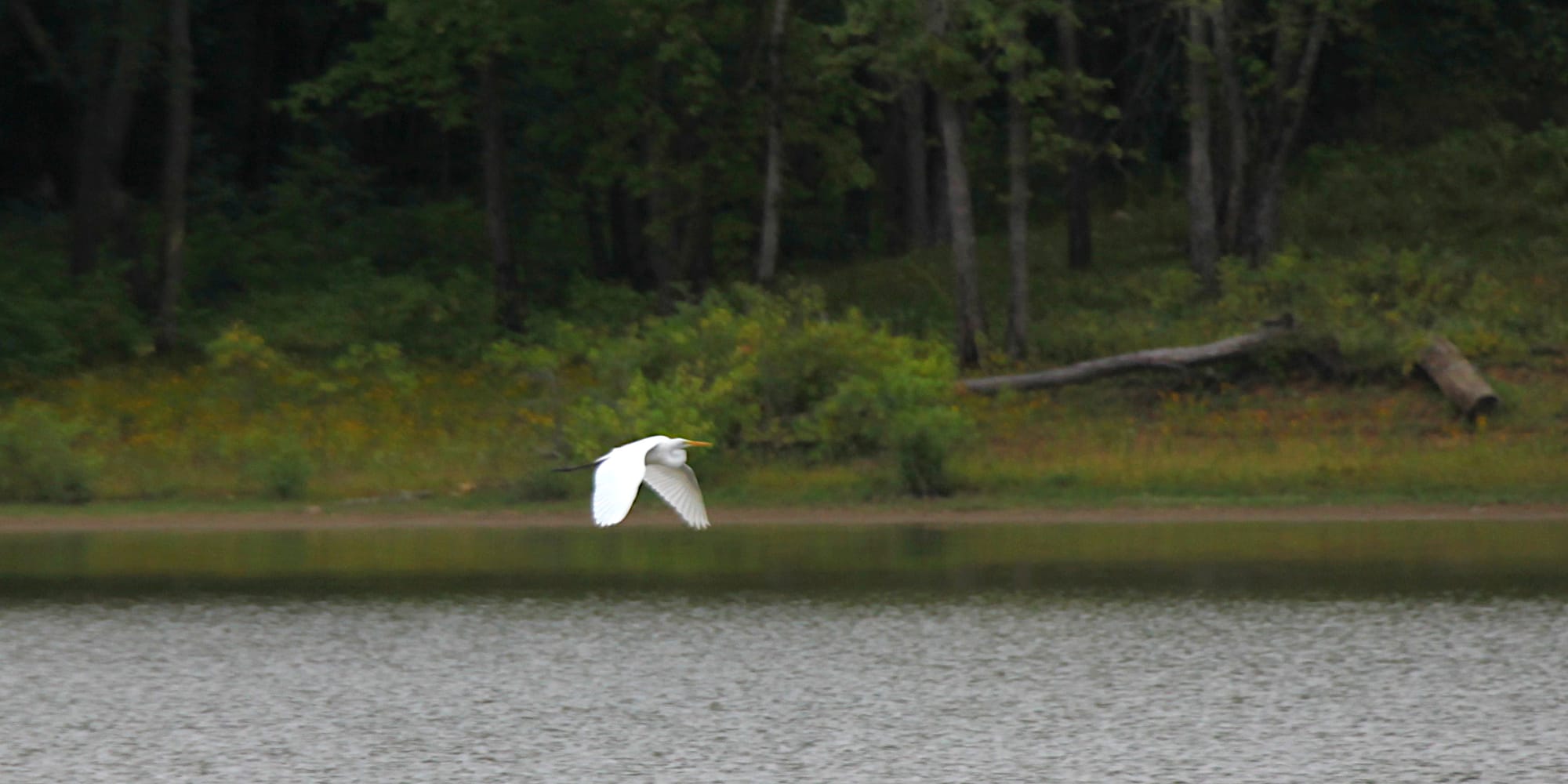
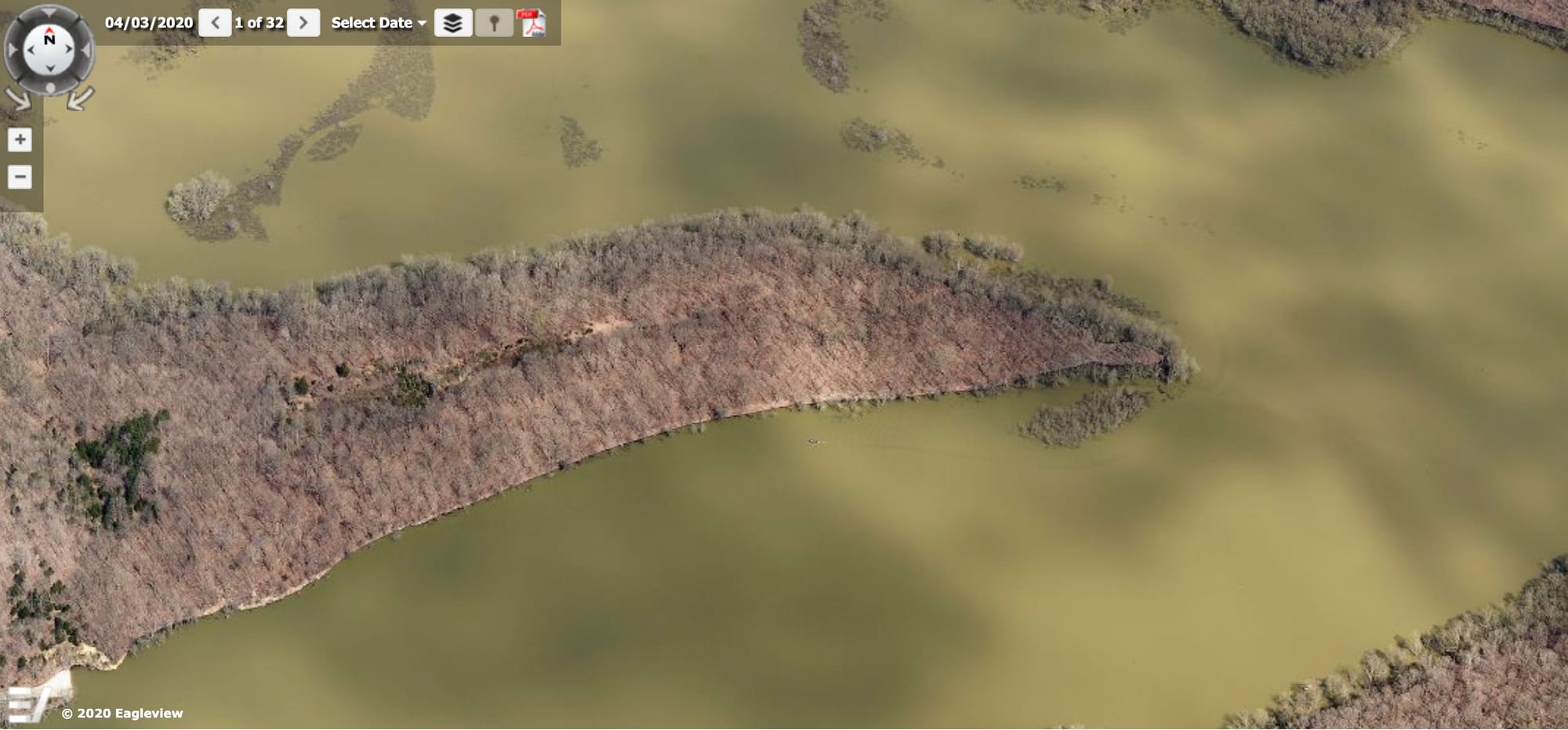




Comments ()